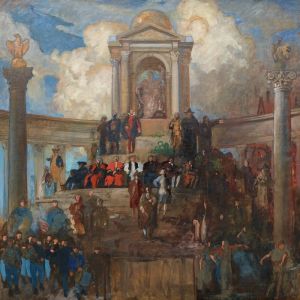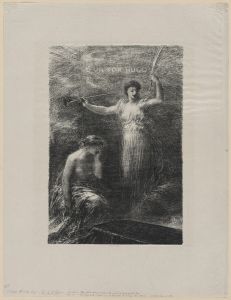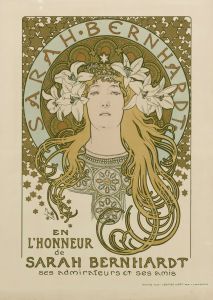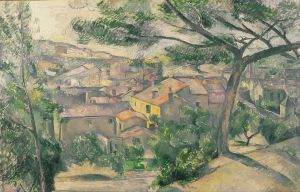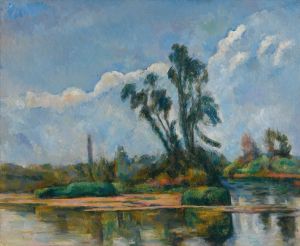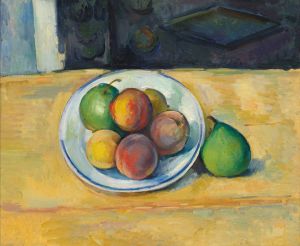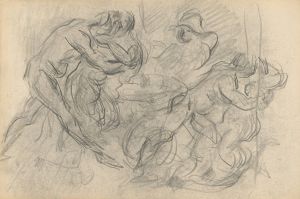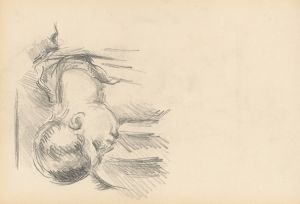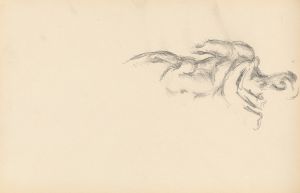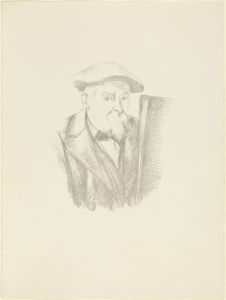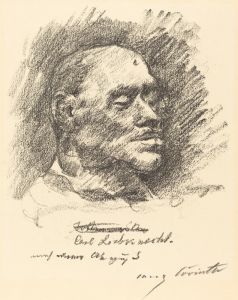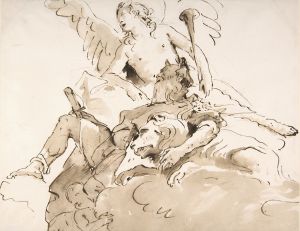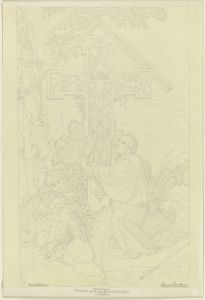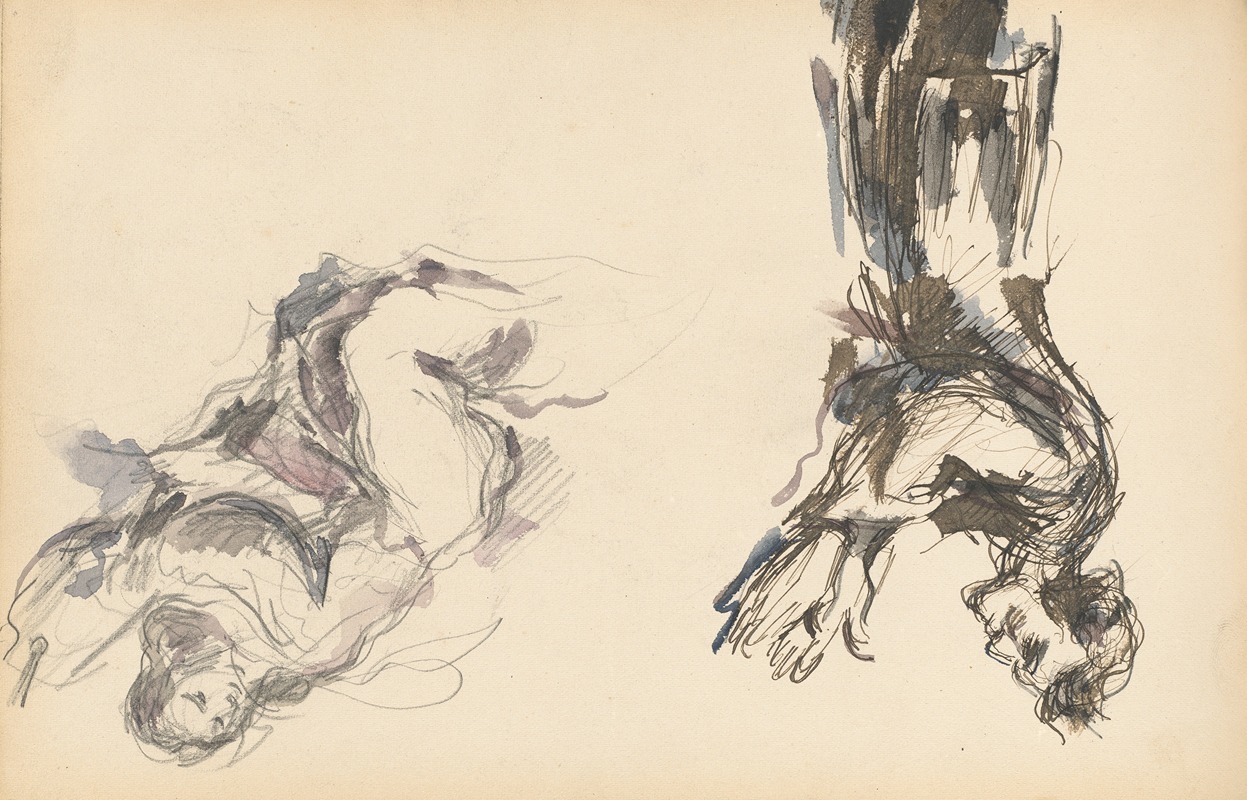
Victor Chocquet and an Angel for ‘The Apotheosis of Delacroix’
A hand-painted replica of Paul Cézanne’s masterpiece Victor Chocquet and an Angel for ‘The Apotheosis of Delacroix’, meticulously crafted by professional artists to capture the true essence of the original. Each piece is created with museum-quality canvas and rare mineral pigments, carefully painted by experienced artists with delicate brushstrokes and rich, layered colors to perfectly recreate the texture of the original artwork. Unlike machine-printed reproductions, this hand-painted version brings the painting to life, infused with the artist’s emotions and skill in every stroke. Whether for personal collection or home decoration, it instantly elevates the artistic atmosphere of any space.
"Victor Chocquet and an Angel for ‘The Apotheosis of Delacroix’" is a painting by the renowned French artist Paul Cézanne. This artwork is part of Cézanne's exploration of themes related to homage and admiration for fellow artists, particularly Eugène Delacroix, a leading figure of the Romantic movement in France.
Paul Cézanne, born in 1839 in Aix-en-Provence, was a pivotal figure in the transition from 19th-century Impressionism to 20th-century Cubism. His work laid the foundation for the radical changes in the art world that followed. Cézanne's paintings are characterized by their innovative use of color, brushstroke, and composition, which challenged the conventions of his time.
Victor Chocquet, featured in this painting, was an important patron and friend of many Impressionist and Post-Impressionist artists, including Cézanne. Chocquet was a customs official by profession but is best remembered for his passionate support of contemporary artists. His collection included works by Cézanne, Renoir, and Monet, among others. Chocquet's patronage provided financial support and encouragement to these artists, allowing them to continue their work during times when their art was not widely accepted or understood.
The painting "Victor Chocquet and an Angel for ‘The Apotheosis of Delacroix’" reflects Cézanne's admiration for Eugène Delacroix, who was a significant influence on his artistic development. Delacroix was celebrated for his expressive brushwork and vibrant use of color, qualities that Cézanne sought to incorporate into his own work. The concept of "apotheosis" in the title suggests a form of glorification or elevation to divine status, indicating Cézanne's reverence for Delacroix's contributions to art.
In this artwork, Cézanne employs his distinctive style, characterized by a structured yet dynamic composition. The presence of an angel in the painting may symbolize the divine inspiration or guidance that Delacroix provided to Cézanne and his contemporaries. The interplay between Chocquet and the angel could be interpreted as a representation of the earthly and the divine, with Chocquet acting as a mediator between the two realms through his role as a patron.
Cézanne's use of color and form in this painting demonstrates his departure from the more literal representations of earlier art movements. Instead, he focuses on the underlying structure and emotional resonance of the scene. This approach would later influence the development of modern art, inspiring artists such as Pablo Picasso and Georges Braque.
While specific details about the creation and exhibition history of "Victor Chocquet and an Angel for ‘The Apotheosis of Delacroix’" are limited, the painting remains an important example of Cézanne's engagement with the themes of artistic legacy and homage. It highlights the interconnectedness of artists and patrons in the evolution of art and underscores the lasting impact of Delacroix on subsequent generations.
In summary, "Victor Chocquet and an Angel for ‘The Apotheosis of Delacroix’" is a testament to Paul Cézanne's admiration for Eugène Delacroix and his appreciation for the support of patrons like Victor Chocquet. Through this work, Cézanne pays tribute to the artistic influences that shaped his career and contributed to the broader narrative of art history.





